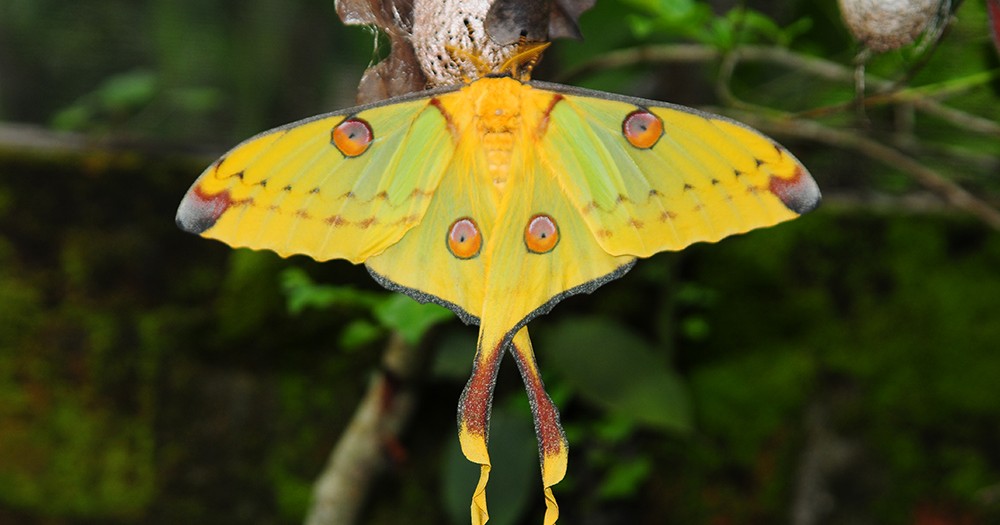Webbing Clothes Moth (Tineola bisselliella)
Webbing clothes moth alternately known by a host of other names like the common clothes moth or clothing moth is a part of the tineids or fungus moth family. The larvae of these moths heavily infest clothings particularly the woolen ones, causing severe damage to them. Besides, woolen garments, they are even known to infest several stored food items like grains.
moth-prevention.com
Scientific Classification
- Family: Tineidae
- Genus: Tineola
- Scientific Name: Tineola bisselliella
Description and Identification
Caterpillar
The webbing clothes moth larvae have a creamy white body and a brown head, being approximately 1 mm in length when newly hatched. The larval stage could be as short as one month or even as long as five years in which they would go through about 5 to 45 instars. They inhabit the folds of woolen fabrics like sweaters or blankets and some might spin silken patches or tubes there. The feeding mostly takes place inside the tubes, with the larva obtaining its nourishment from the fabric.
Pupa
The pupal phase lasts between 10 and 50 days taking place inside the cocoon spun by the caterpillar. Upon the completion of pupation the adult moth comes out and immediately starts searching for its mate.
Adult Moth
Sexual Dimorphism: Present but not prominent
More than their physical identification, an appropriate way of distinguishing both the sexes is by their flight pattern. The male webbing clothes moths are the active fliers, while their female counterparts are weak. In fact, the ones seen fluttering and moving about around the house are mostly males. The females, on the other hand, remain hidden in between the folds of clothes or try moving by hopping and running.
Color and Appearance
Forewings: When opened, they have a golden yellow coloration. When closed, the color remains the same except the added shine that is more visible when the wings are folded.
Hindwings: When opened, they appear, and when closed, the white color is visible in patches over the golden background.
Average Wingspan: 1.2 – 1.4 cm
Flight Pattern: Consistent
Season: February – September
Egg
The oval-shaped eggs have an ivory coloration growing to a diameter of about 0.10 cm. The females lay eggs in clusters of 30 to 200 that hatch in about 4 – 10 days.
Quick Facts
| Other Names | Common clothes moth, clothing moth, wool moth, common moth |
| Distribution | Native: Western Eurasia Invasive: Parts of Australia |
| Habitat | Closets, wardrobe, shelves, and in locations where wool or woolen clothes are kept |
| Predators | Rodents, flies, wasps |
| Lifespan of Adults | One month |
| Adult Diet | Do not feed |
Did You Know
- Swedish entomologist Arvid David Hummel described this species for the first time in 1823.
- A part of its species name, bisselliella has been misspelled as biselliella on several occasions.For instance, German entomologist G. A. W. Herrich-Schäffer made this error while establishing the Tineola genus in 1853.
- Of the several measures taken to control their numbers, some include, spraying insecticides, keeping mothballs near woolens, setting traps, vacuuming and dry cleaning the garments regularly.
- Like the webbing clothes moth, there is another member of its family, namely the case-bearing clothes moth also known to infest woolen clothes, alongside upholstery, and carpets. However, the two differ from each other in appearance. The webbing clothes moth is goldish-tan, while the case-bearing moth appears slivery- gray or light brown with spots.
Scientific Classification
- Family: Tineidae
- Genus: Tineola
- Scientific Name: Tineola bisselliella









